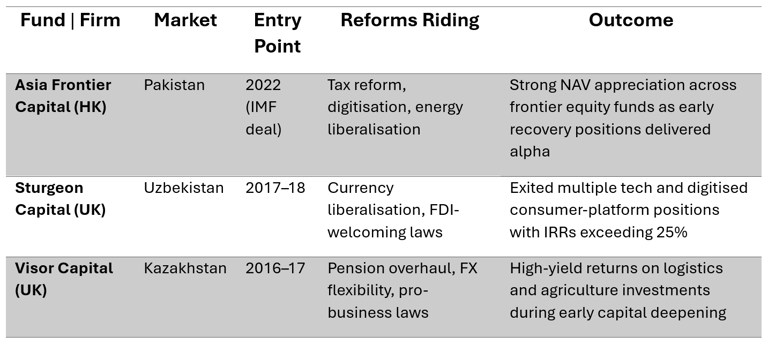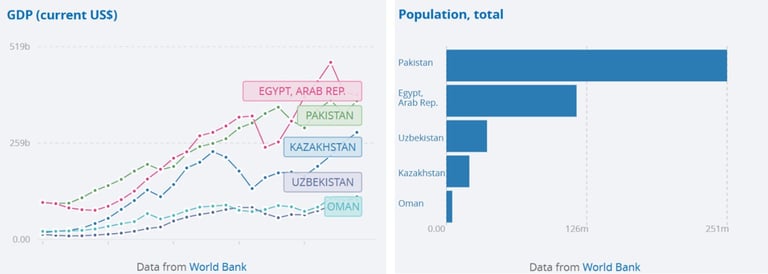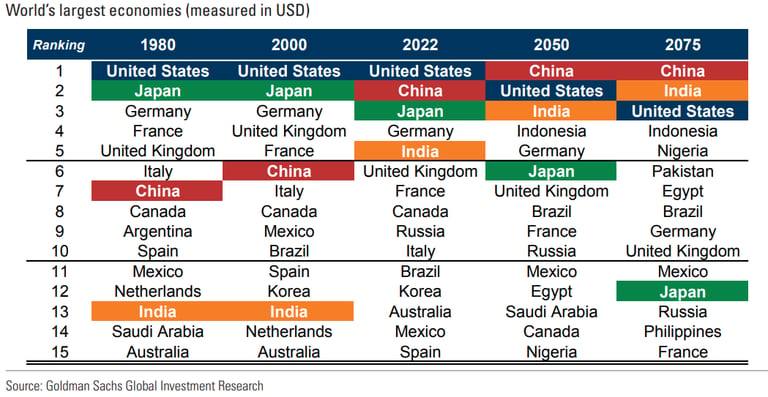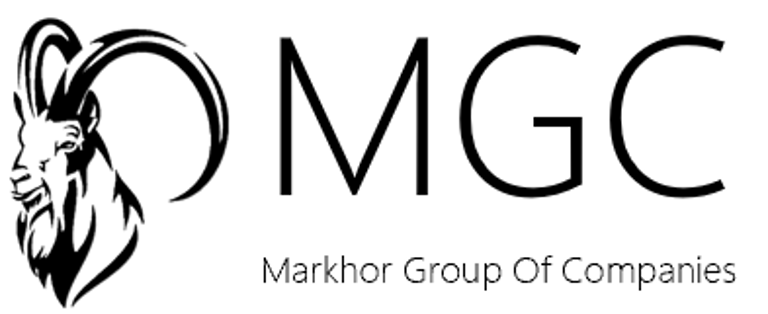The Quiet Reform Wave: Why Structural Change Is the Real Alpha in Frontier Markets
REFROMECONOMIC DEVELOPMENTNATION BUILDING


The Quiet Reform Wave: Why Structural Change Is the Real Alpha in Frontier Markets
THE HIDDEN ENGINE BEHIND FRONTIER ALPHA
Investors chase yield, whilst headlines chase the next crisis story. In this way, it becomes increasingly difficult to distinguish between market noise and real value in frontier markets (FMs), but real value in FMs is driven by a quiet, consistent force: structural reform. This article will explore how fiscal discipline, governance reform, and institutional modernisation are quietly laying the foundation for long-term upside in frontier markets.
Structural reform isn't about decorative policy tweaks; rather, it’s creating transformative, lasting change in economic functionality. In frontier markets, change starts with dismantling inherent inefficiencies, cleaning up public finances through a structured tax system, currency stabilisation and fostering monetary and fiscal credibility. The end game is clear: reducing reliance on state-led growth and making space for private sector growth.
In reinforcing this position, frontier markets don’t need perfection; they need progress, and with each reform, they build credible frameworks and an investable narrative for foreign capital inflows.
KEY STRUCTURAL REFORM IN FRONTIER MARKETS
Fiscal Discipline
Monetary Credibility
Legal & Regulatory Modernisation
Privatisation
Figure 1: GDP of FM Market 2000 – 2025 (World Bank, 2024)
Figure 2: Population of FM countries 2000 – 2025 (World Bank, 2024)
REFORM AS A CATALYST: THE FRONTIER FLYWHEEL
Phases: Trigger > Credibility > Capital Flow > Growth
1. Uzbekistan: 2016 | Currency Liberalisation and Institutional Opening
Trigger: In line with President Mirziyoyev taking power, Uzbekistan liberalised its currency, relaxed capital controls, which also saw SOE governance leniency (IMF, 2019)
Credibility: IMF cooperation, uplifted sovereign credit ratings (S&P Global Ratings, 2019).
Capital Flow: FDI picked up, and Eurobond issuance in 2019.
Growth: Textile and agri-processing sectors expanded; tourism and services opened (EBRD, 2019)
Investor Alpha: International Financial Cooperation & EBRD, alongside frontier private equity funds, re-entered (Reuters, 2019)
2. Egypt: 2016 IMF Deal | Currency Float and Subsidy Reform
Trigger: In 2016, Egypt floated the pound and passed fuel subsidy cuts under IMF guidance (IMF, 2017).
Credibility: IMF standby credit facility, sovereign ratings improved, and bond spreads narrowed (Fitch Ratings, 2018).
Capital Flow: Foreign portfolio investment returned, and remittances saw a considerable surge from early 2017 (Reuters, 2016).
Growth: Infrastructure, energy, and non-oil exports expanded (MSCI, 2017)
Investor Alpha: MSCI Egypt Index rebounded post-reform, and private equity capital inflowed (World Bank, 2018)
3. Vietnam: Post 2007 World Trade Organisation (WTO) Agreement | Industrial Policy and Market Reform
Trigger: The WTO agreement in 2007 initiated trade liberalisation and commerce law reforms (WTO 2007).
Credibility: WTO membership enhanced global trust, creating an FDI-welcoming environment, and growing central bank credibility (World Bank, 2008).
Capital Flow: Vietnam became a top destination for FDI in Asia, particularly in electronics and textiles (OECD, 2013).
Growth: Tech manufacturing boomed Samsung, Intel, and Apple supply chains, which directly impacted a surge in the middle class (UNCTAD, 2020).
Investor Alpha: Real estate market boom (Bloomberg, 2021).
THE MISPRICING OF STRUCTURAL PROGRESS
Western-based institutions and investors often focus on macroeconomic-centric volatility, which leads them to miss the trajectory of reform. As domestic institutions improve, many “frontier risks” no longer stand valid, but valuations will still reflect the old story, implying a time lag. This time lag is where sophisticated capital can earn quantum returns. Successful frontier market operators outline that opportunity isn’t where the risk is high, it's where the risk is falling, but pricing hasn’t caught up.
Figure 3: Investment companies entering FMs after the reform | (Visor Capital, 2016) (Sturgeon, 2020) (Asia Frontier Capital, 2023)
THE NEW FRONTIER ADVANTAGE
In a world of noise, structural reform is the clearest and surest path to alpha in frontier markets. The game is changing; alpha is no longer earned by chasing volatility, but by identifying structure, credibility, and institutional evolution. As policy frameworks strengthen and governance deepens, the opportunity set is quietly being redefined.
See Figure 4 for a visual by Goldman Sachs of the global GDP forecast for the top 15 economies from 1980 to 2075 ( Goldman Sachs, 2022).
The next generation of outperformers in private equity and fund management won’t be those chasing commodity cycles or currency swings. Instead, they will be long-term, high-conviction investors backing 5 to 10-year transformations that align with national progress, not short-term extractive plays. It’s essential to recognise that frontier markets are dynamic, constantly evolving targets reshaped by ongoing reforms. Investors who tune out the noise and focus on institutional progress will be the ones to catch the upside.
Our Markets watch list includes:
Pakistan
Bangladesh
Nigeria
Oman
Reference List
Asia Frontier Capital (2023) AFC Asia Frontier Fund Monthly Manager Comment – Pakistan Allocation Notes. AsiaFrontierCapital.com.
Bloomberg (2021) Vietnam Emerges as a Global Tech Supply Chain Hub. Bloomberg.com, 5 March.
European Bank for Reconstruction and Development (EBRD) (2018) Uzbekistan Diagnostic: Assessing Progress and Challenges in Unlocking Private Sector Investment. London: EBRD.
Fitch Ratings (2018) Fitch Upgrades Egypt to ‘B+’; Outlook Stable. FitchRatings.com, 21 March.
Goldman Sachs report. Goldman Sachs Global Economics Paper (2022) The Path to 2075: Slower Global Growth, But Convergence Remains Intact. Goldman Sachs, 6 December.
International Monetary Fund (IMF) (2017) Arab Republic of Egypt: Request for Extended Arrangement Under the Extended Fund Facility. IMF Country Report No. 17/17. Washington, D.C.: International Monetary Fund
International Monetary Fund (IMF) (2019) Uzbekistan: Staff Report for the 2019 Article IV Consultation. IMF Country Report No. 19/129. Washington, D.C.: International Monetary Fund.
MSCI Inc. (2017) MSCI Egypt Index (USD) Factsheet – 2017 Performance Overview. Available at: https://www.msci.com
National Accounts & World Bank data. National Statistical Organisations and/or Central Banks (2025) National Accounts Data Files; Organisation for Economic Co‑operation and Development (OECD); World Bank staff estimates. In: Country Official Statistics – Gross Domestic Product (GDP).
OECD (2013) Structural Policy Challenges for Southeast Asia: The Case of Vietnam. Paris: Organisation for Economic Co-operation and Development.
Reuters (2016) Egypt Floats Currency in Move to Ease Dollar Shortage. Reuters, 3 November.
Reuters (2019) Uzbekistan Raises $1 Billion in First Eurobond Issue. Reuters, 14 February.
Standard & Poor’s (S&P Global Ratings) (2019) S&P Assigns ‘BB-’ Rating to Uzbekistan; Outlook Stable.
Sturgeon Capital (2020) Uzbekistan: Investment Case Overview. SturgeonCapital.com.
UNCTAD (2020) Vietnam: FDI Profile and Investment Policy Review. United Nations Conference on Trade and Development.
United Nations population projections. United Nations Population Division (2025) World Population Prospects 2025.
Visor Capital (2016) Kazakhstan Market Commentary: Reforms and Sector Opportunities. Visor.kz
World Bank (2008) Vietnam: WTO Accession – Key Reform Impacts and Future Challenges. Washington, D.C.: World Bank.
World Bank (2018) Egypt Economic Monitor: From Floating to Thriving – Taking Stock of Egypt’s Economic Reforms. Washington, D.C.: World Bank Group.
World Trade Organization (WTO) (2007) Vietnam Becomes 150th WTO Member. WTO News, 11 January.








